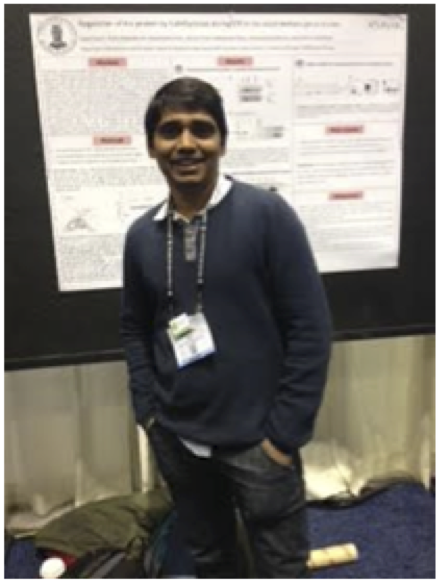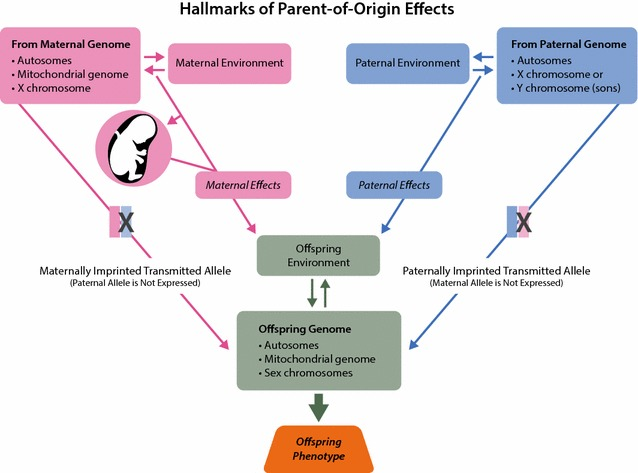The annual meeting of the Society for Neuroscience (SfN) is the largest neuroscience meeting where thousands of neuroscientists from around the world gather to discuss cutting edge research. The meeting includes lectures, symposia, workshops and events for scientist at all career stages. This is a place where neuroscientist presents their science, learn from experts, initiate collaborations with peers, explore new tools and technologies and advance their careers. The themes cover everything from detailed studies on fine-tuned regulation of molecules dictating the function of neuronal cells to genetic and epidemiological studies of diseases affecting the brain.
The hot topic for this year’s meeting was novel tool developments and applications for temporal and spatial regulation of gene expression, so called optogenetics. Optogenetics involves the use of light to control the activity of cells in living tissue. This approach of genetic manipulation gives enormous potential for basic research, because nerve excitation and silencing can be performed simply by light with high precisions in a reversible manner.
The Norwegian neuroscience community was well represented by members from all over the country and May-Britt Moser (2014 Nobel Prize winner in Medicine and Physiology) from the Kavli Institute for Systems Neuroscience and the Norwegian University of Science and Technology (NTNU) held a presidential lecture about grid cells and cortical maps of space. The neuroscience group from the KB Jebsen center was also well represented by Professor Clive Bramham, senior researcher Oleksii Nikolaienko, postdoc Sudarshan Patil and lab manager Tambudzai Kanhema Jakobsen.
Group dinner in Chicago after a long day at the SfN. Starting from the left we have Oleksii Nikolaienko, Tambudzai Kanhema Jakobsen, Sudarshan Patil, Clive Bramham and 2 colleagues of Clive.
Sudarshan is giving his view of the meeting below:
“The SfN 2015 annual meeting is a great opportunity for neuroscientists from the whole world to come together. This was the first time I attended the SfN and I was lucky enough to receive traveling money from the Meltzer foundation. In Chicago the meeting was held in a big venue holding more than 28000 attendees under one roof and a lot of great science was shared. Importantly, I was mesmerized with attendees visiting my poster presented on “Regulation of Arc protein by SUMOylation during LTP in the adult dentate gyrus in vivo”. It was a great opportunity for me to discuss my science with other researchers including specialists in the field. I also received updated views from experts about present emerging science. Moreover it helped to tie up new collaborations with peers, explore new tools and technologies, and advance careers.”
Sudarshan Patil is presenting his poster.
Sudarshan Patil and Tambudzai Kanhema Jakobsen have contributed to the text and Karin Wibrand did the editing.


